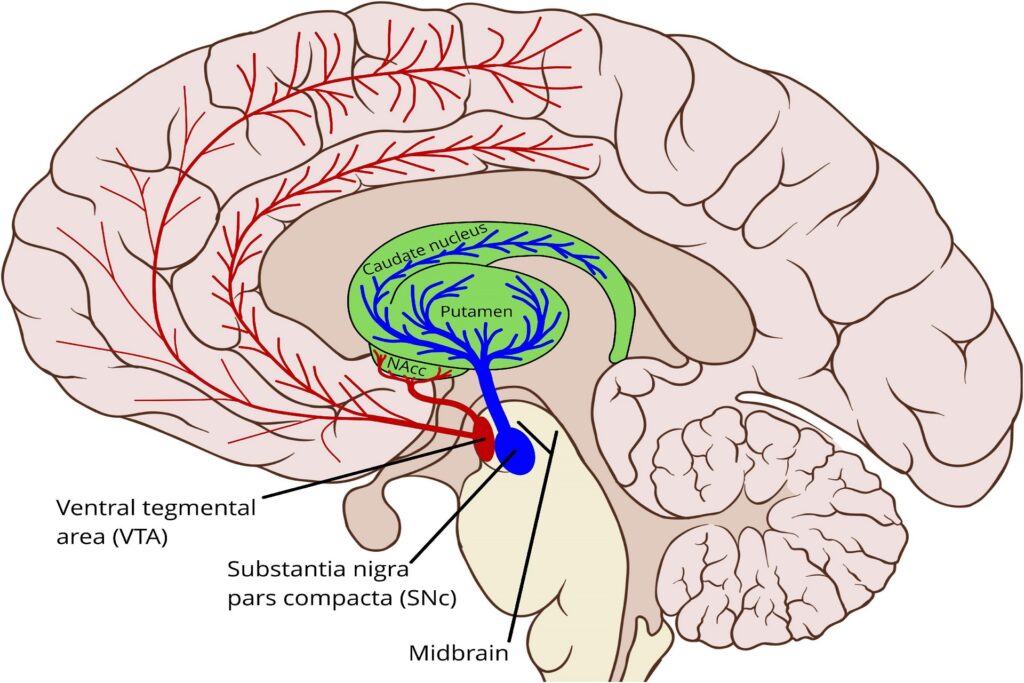
Researchers have discovered two ion channel switches that control the release of dopamine in the brain, which is a first step toward developing medicines for a variety of illnesses and disorders for which there are currently few treatments.
The switches assist in controlling mice’s learning and motivational states. These channels, which control numerous hormonal and chemical processes that affect behavior and mood, are also present in large numbers in humans. The study team from the University of Washington School of Medicine is looking for medications that will target these channels. Clinical trials could then be used to test such medication candidates.
“The ability to precisely manipulate how dopamine-producing neurons of the brain regulate different behaviors is a major step toward developing better therapies for a range of mental illnesses,” said Larry Zweifel, professor of psychiatry & behavioral sciences at the UW School of Medicine.
A new study outlining the research was released on August 11 in the journal Science Advances.
Together with postdoctoral scholar Barbara Juarez, the study’s primary author, seventeen researchers from Zweifel’s lab contributed to it. At the University of Maryland, Baltimore, she is currently a professor.
To comprehend how dopamine signals are controlled in order to develop more effective therapies is what Zweifel stated they have been working toward for a while. They might not target these particular channels, but now that we are starting to understand the system, we might be able to identify other participants who would make better targets.
Two ion channels, Kv4.3 and BKCa1.1, were thought to be crucial for dopamine release, according to the researchers’ hypothesis. They found that these channels controlled the timing of dopamine neuron firing and release to affect different phases of rewarded behavior in mice on various time scales.
There are two different ways that dopamine is produced in the brain: a steady, continuous release known as “tonic” and a quick, high-concentration burst known as “phasic.” The two distribution patterns regulate the brain in distinct ways to enable it to carry out particular tasks.
The researchers genetically altered these two channels in an effort to determine whether and how the patterns of release would vary, as well as how the behavior of the animals.
The mice developed a hypertonic flow when the researchers blocked the channel that regulates tonic activity, which in turn raised the animals’s motivation. In this situation, after learning a task, the animals were more eager to try it again and completed it more rapidly. The brief high levels of dopamine in response to particular stimuli increased when researchers blocked the channel that regulates phasic activity. Animals learned significantly more quickly as a result of this.
According to Zweifel, the researchers believe they have found a solution for “improving cognitive function, for example, in patients who have learning disabilities.” “Or improving motivation in those with depression, where there is a decreased state of motivation. We’re hoping that’s all we can manage in the end.”
Other conditions for which these findings might point to therapeutic treatments include addiction, schizophrenia, and autism spectrum disorder.
Source : UW Medicine – Newsroom.
Subscribe Our Newsletter to Get Latest News and Articles Notification on Your Emails.